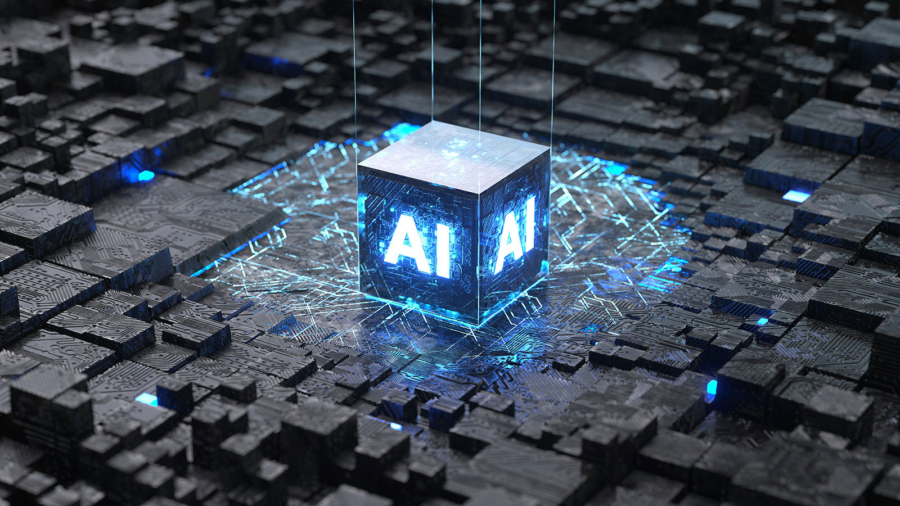Self-driving technology, once a concept of science fiction, is quickly becoming a reality on today’s roads. With varying levels of automation from Level 1 (driver assistance) to Level 5 (full automation), self-driving vehicles are set to revolutionize mobility. This technology enhances convenience by taking over driving tasks and can also improve road safety by reducing human error, a major cause of accidents.
Current Landscape of Self-Driving Technology
The self-driving landscape is diverse, with many manufacturers developing unique approaches. Although Tesla often dominates the conversation, other companies are making significant strides too. This post focuses on these lesser-known advancements, highlighting the variety and innovation in self-driving technology.
Key Advancements in Self-Driving Technologies
Level 3 Autonomous Driving: A Game Changer
A significant advancement in self-driving technology is the development of Level 3 autonomous systems. These systems allow vehicles to handle most driving tasks under certain conditions without human intervention. Mercedes-Benz’s Drive Pilot is a notable example, as it was the first Level 3 system certified by the Society of Automotive Engineers (SAE). Drive Pilot enables hands-off driving in specific situations, like on highways or in heavy traffic, by using an array of sensors, including LiDAR, cameras, and microphones. These technologies monitor the environment and make real-time decisions, offering a glimpse into a future where drivers are not required to be fully engaged at all times.
Integration of AI and Natural Language Processing
AI integration is also enhancing the in-car experience. Volkswagen, for example, is using ChatGPT, an advanced AI language model, in its vehicles. This technology enables more natural and conversational in-car voice interactions, moving beyond basic commands to provide detailed responses and assist with various tasks. By using natural language processing, Volkswagen aims to make driving more intuitive and personalized, reflecting a broader trend of integrating AI into everyday applications.
Chassis-by-Wire Technology
As self-driving cars advance toward higher autonomy levels, traditional mechanical systems are being replaced by electronic controls to improve safety and performance. BWI Group and thyssenkrupp Steering are leading this innovation with their development of steer-by-wire and brake-by-wire systems. These technologies eliminate physical connections between the steering wheel, brakes, and wheels, relying on electronic signals for vehicle control. This shift allows for more precise and responsive handling and provides redundancy, which is crucial for autonomous vehicles where safety is a priority.
Leading Makes and Models with Advanced Self-Driving Functions
Mercedes-Benz
Mercedes-Benz continues to lead in autonomous driving technology with models like the S-Class and EQS, equipped with the Drive Pilot system. These vehicles are designed for enhanced highway driving, allowing hands-off operation under certain conditions. By focusing on high-end luxury vehicles, Mercedes-Benz sets a standard for how autonomous technology can be integrated into premium cars.
Volkswagen
Volkswagen is innovating in the realm of in-car AI with its ID. series models, including the ID.3, ID.4, ID.5, and ID.7. These vehicles integrate ChatGPT, enhancing the driving experience through better voice interactions and more intuitive navigation features. This focus on user interaction shows how manufacturers are using AI to add value to their vehicles beyond just autonomous driving capabilities.
Ford
Ford’s BlueCruise technology is another significant advancement in autonomous driving. Available in models like the Mustang Mach-E and F-150, BlueCruise offers hands-free driving with lane centering and adaptive cruise control on pre-mapped highways. This technology is a step toward making advanced driver assistance systems more accessible to a broader market.
Future Trends and Challenges in Self-Driving Technology
Legislation and Safety Standards
The pace of autonomous vehicle deployment depends heavily on the legislative landscape across different regions. Regulations and safety standards must evolve to accommodate these new technologies, ensuring they are implemented safely and effectively. Currently, a patchwork of rules worldwide poses challenges for manufacturers and developers.
Technological Barriers and Innovations
Despite rapid progress, self-driving technology faces several challenges. Adverse weather conditions, sensor fusion, and real-time processing capabilities are significant hurdles. However, continuous innovations in AI, machine learning, and sensor technology are gradually overcoming these obstacles, pushing the boundaries of what autonomous vehicles can achieve.
Consumer Acceptance and Market Adoption
The future of self-driving technology also relies on consumer acceptance. Public perception is a crucial factor in market adoption, with many drivers still wary of relinquishing control to a machine. Education and real-world demonstrations are vital in building trust and encouraging broader adoption.
Conclusion
In summary, self-driving technology is rapidly evolving, with significant advancements by various manufacturers. Innovations in AI, autonomous systems, and electronic controls are paving the way for safer and more convenient driving. Looking ahead, continued innovation, collaboration, and regulatory support will be vital to overcoming challenges and realizing the full potential of autonomous vehicles. While the road to full autonomy may still be long, the journey promises substantial benefits for society and the environment. Ready to get into a new vehicle? Our team at World Auto Group is ready to do the heavy lifting for you. Contact us today!

